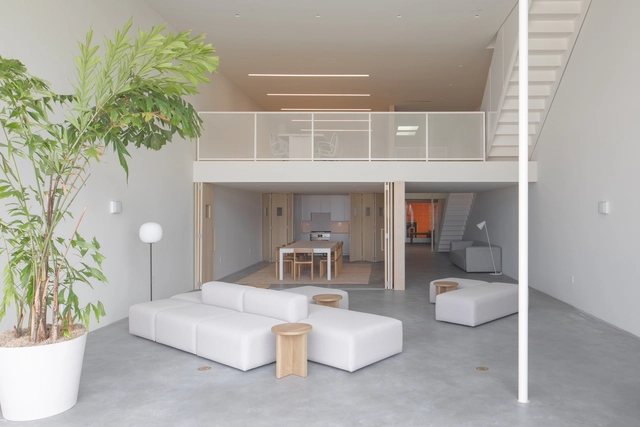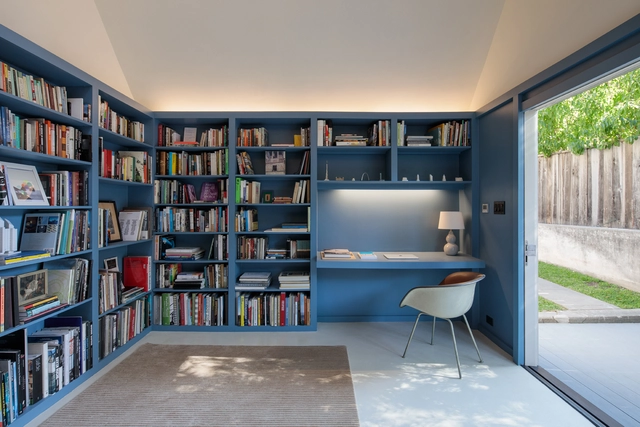
-
Architects: Byben
- Area: 890 ft²
- Year: 2024
-
Manufacturers: Western Window Systems, Fisher & Paykel, Artek, Artemide, Benjamin Moore, +24
-
Professionals: Manchen Construction, Den Mobler
If you want to make the best of your experience on our site, sign-up.

If you want to make the best of your experience on our site, sign-up.





Light serves an essential purpose in architecture: to help us see. Whether it be through natural or artificial methods, rooms must be illuminated accordingly so occupants can safely inhabit them and fulfill their daily functions. When the right system is selected, light can also contribute to energy efficiency and sustainability within the building as a whole. However, apart from its evident functional and environmental value, lighting design can vastly impact the visual comfort and aesthetic tone of interiors by drawing attention to textures, enhancing colors and defining volumes. Therefore, of the many pieces involved in interior design, lighting is certainly one that can enhance or destroy a space and even affect users’ well-being, which is why it should be considered a crucial design element by itself.


.jpg?1579029945&format=webp&width=640&height=580)
Located in the western region of the United States, the state of California is the most populous state and the third-largest — it includes some of the most populated cities of the country such as Los Angeles, San Diego, San Francisco, Long Beach and Oakland.

Recurrently we see how architects opt for translucent facades to create the envelopes of their buildings, promoting the entry of a large amount of natural light, while simultaneously controlling it during the day. Illuminated during the night, many of these projects can be seen in the dark, appearing as lanterns or lighthouses for their neighbors and community. Being exposed to changing conditions – day or night – to choose the right material, it's necessary to study in detail the orientation and location of the building, the pre-existing context, and the configuration of the interior spaces.
We present a system of glass panels that allow buildings with this type of façade –spanning from floor to ceiling without interruptions – with minimal frames and different colors, textures, thermal and acoustic performances.


The Getty’s Pacific Standard Time Presents: Modern Architecture in L.A. hosted A. Quincy Jones: Building for Better Living at UCLA’s Hammer Museum and Contemporary Architecture from Southern California (formerly known as A New Sculpturalism) at MOCA Geffen for the better part of this summer. These two exhibits, on view until September 8 and 16 respectively, give us insight into Los Angeles’ past and present architectural legacies. They take on fundamentally different challenges. One uncovers a prolific and primary history of a modernist architect, the other attempts to capture and catalogue an unwieldy and unstable present.
Read on after the break for reviews of both exhibitions...